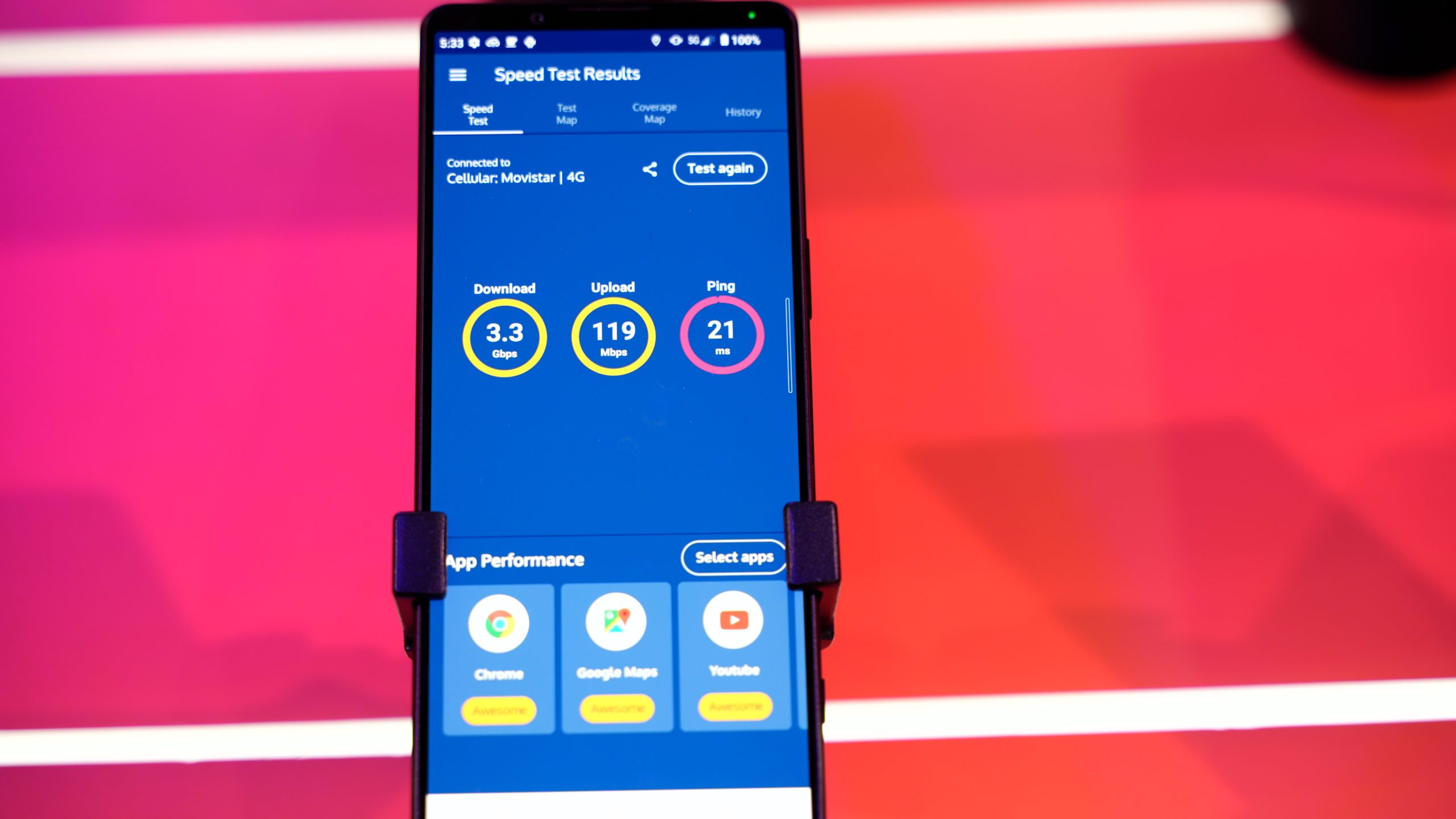Qualcomm focusing R&D efforts on Giga-MIMO to support future spectrum deployments
The early vision of 5G, which has come to life based on global operator-led deployments, involved a mix of low-, mid- and high-band frequencies to strike the right balance between coverage and capacity. Looking ahead to 6G in the 2030 timeframe, Qualcomm Technologies, Inc. sees upper mid-band frequencies in the 7 GHz to 24 GHz range serving as the next “Goldilocks spectrum” to provide wide area coverage and capacity.
In an interview with RCR Wireless News during Mobile World Congress 2023 in Barcelona, Qualcomm Incorporated’s John Kuzin, vice president of spectrum policy and regulatory counsel, went through both near- and long-term global spectrum machinations that will inform the trajectory of 5G and its successor 6G.
In addition to efforts in the U.S. to open up capacity in the 3.1 GHz to 3.45 GHz range, and expanded unlicensed operation in the 6 GHz band for outdoor use, Kuzin highlighted traction for mmWave spectrum which is being used for mobility and fixed wireless access use cases.

“We’re very excited by the fact that we’re starting to see mmWave rollout across the world,” he said, also pointing out that Qualcomm, Ericsson and Telefónica deployed a mmWave network inside Fira Gran Via, the MWC venue. “You’re seeing the benefits of that here at this show. We’re all really excited that the capability to deploy mobile mmWave connectivity is starting to materialize worldwide.”
From massive MIMO to Giga-MIMO
Mid-band 5G as it’s deployed today, T-Mobile US’s 2.5 GHz network for instance, depends on massive MIMO technology; at a high-level massive MIMO adds a large number of antenna elements—64T/64R is a common configuration—to base stations in order to optimize spectral efficiency and power consumption. In the context of the upper mid-band, Kuzin described Giga-MIMO operations wherein an order of magnitude more antenna elements would potentially further push network performance.
Giga-MIMO, Kuzin said, “essentially provides coverage like mid-band in the 3.5 GHz band and capacity that’s available in the mmWave band. It’s kind of what I’d call the Goldilocks spectrum. We’re expecting to use that spectrum to deploy wide area coverage with massive bandwidth providing gigabit speeds.”
Subscribe now to get the daily newsletter from RCR Wireless News
While Qualcomm started its work in this area in early 2020’s, Kuzin noted that regulatory processes to make the upper mid-band available for commercial use will take time given the presence of incumbent users. “We believe it’s a win-win opportunity for basically deploying new technology for both the incumbents as well as the mobile operators,” he said. “It’s going to be a few years before that technology is available but we’re going to be ready when it is open.”
The future of spectrum sharing
Qualcomm has a long history of working on the foundational technologies for spectrum sharing, including LTE-Unlicensed, Licensed Assisted Access and aspects of the spectrum access system for the CBRS band in the U.S. In that last case, operators and other interests follow a three-tiered prioritization scheme that gives incumbent users continued usage of the spectrum while also opening it up for shared use by others.
On CBRS, Kuzin said, “We’re seeing…that a lot of the private networks are using this spectrum sharing approach.” Looking ahead, he said Qualcomm is working on a spectrum sharing approach that would carve out six 100 megahertz licenses in the lower 37 GHz band. “By requiring operations to coordinate listening periods, each of these six licensees can actually operate in the other portion of the band and have effective use of the full 600 megahertz of spectrum by sharing and listening and avoiding when there are cases when two users might be right on top of one another or passing by. We’ve shown through simulations this is a win-win opportunity. By having a finite set of licensees, each licensee could have access to the full spectrum .”

6G and sub-THz
Looking more long-term at the sub-THz (100 GHz and up) frequencies that will likely be a part of 6G in the 2030 timeframe, Kuzin called out two demonstrations: one of a 300 Gbps indoor point-to-point link and an outdoor 80 Gbps link covering 460 meters. There are “opportunities where you can’t run cable but have demand.” Other sub-THz applications include wireless data centers, wireless fiber to the home, ultra-precise positioning and RF sensing. Qualcomm is also working on miniaturization of a prototype sub-THz module.
Visit this content library for more information on Qualcomm’s advanced wireless R&D:

